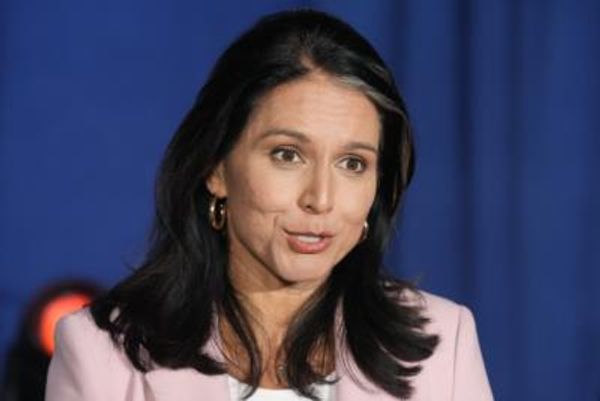The key Federal Reserve inflation rate was revised lower for the first quarter, while the U.S. economy slowed more than expected, according to the government's second estimate of GDP growth. Meanwhile, initial jobless claims edged higher. After the data, the S&P 500 pared overnight losses.
The stakes will be higher for Friday's personal income and outlays report, which will update the Fed's key inflation rate for April and indicate the strength of consumer spending at the start of Q2.
Q1 GDP
GDP grew at a revised 1.3% annual rate in the first quarter, down from the 1.6% initial estimate. That followed 4.9% growth in Q3 and 3.4% growth in Q4. Wall Street had expected a slight downward revision to 1.5%, following the April retail sales report, which included downward revisions to prior data.
The downward revision for Q1 came as personal consumption expenditures rose at a revised 2% rate in Q1, down from the initially reported 2.5%. Most of the hit came from a bigger decline in goods purchases, which fell 1.9% vs. the initial 0.4% estimate. Spending on services rose 3.9%, a touch lower than the initial 4% figure.
Fed official including Chair Jerome Powell have indicated that they're watching final sales to private domestic purchasers as a proxy for underlying growth. That metric, which subtracts net exports and government purchases, grew at a still-solid 2.8% rate in Q1, though down from the initially reported 3.1%.
Core PCE Price Index
The Fed's primary inflation rate, the core PCE price index, rose at a 3.6% annual rate in Q1, down from 3.7% in the initial report on April 25. The core PCE price index rose at a 2% rate in Q4.
Initial Jobless Claims
New claims for jobless benefits rose to 219,000 in the week through May 25 from a revised 216,000 the prior week.
Fed Rate-Cut Odds
Ahead of Q1 GDP revisions, markets were pricing in 49% odds that the first Fed rate cut of the cycle will come by the Sept. 18 meeting. That ticked up slightly to 52%.
Markets now see 58.5% odds of a single quarter-point Fed rate cut or none at all in 2024, down from 61% odds ahead of today's data.
Stocks came under pressure on Wednesday as hawkish Fed commentary helped push up market interest rates. However, the Fed's anecdotal Beige Book report on economic conditions across the country showed modest or slight growth in most parts of the country.
S&P 500
The S&P 500 slipped 0.2%, paring bigger early losses in early Thursday stock market action following the early data releases. Stocks fell overnight, weighed down by disappointing results from Salesforce that were attributed to macro headwinds. Retailers and small businesses are among those spending more cautiously on software.
On Wednesday, the S&P 500 lost 0.7%, closing 1% below its May 21 record closing high.
Be sure to read IBD's The Big Picture column after each trading day to get the latest on the prevailing stock market trend and what it means for your trading decisions.







